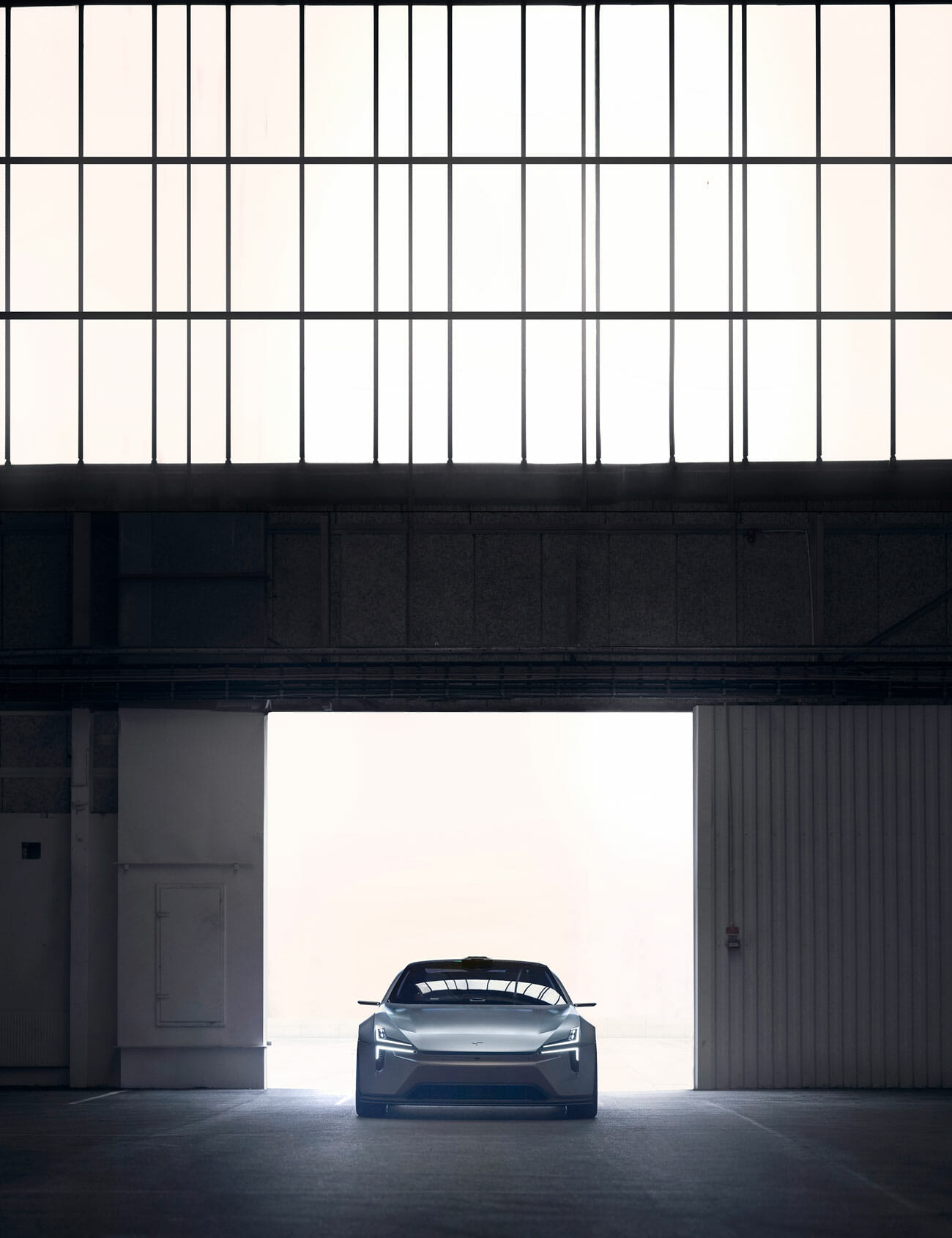The Polestar Precept Concept should have been the star of the 2020 Geneva Motor Show. It had all the right characteristics needed to dominate an auto show in this day and age: an electric powertrain, a fighter jet-worthy array of sensors to enable semi-autonomous features, a gorgeous design and the veneer of being just close enough to a production vehicle that you could picture yourself cruising home in it.
Then came COVID-19. With the coronavirus’s rapid explosion into a global pandemic, the Geneva Motor Show organizers canceled the 2020 edition of the event, leaving the Precept a debutante without a ball. But even a planet-wide viral outbreak can’t keep a good car’s story from getting out there; with the auto show canned, Polestar, like many of us, turned to the power of videochat to keep its plans in motion and spread the good word about the futuristic Precept.
Which is how we came to be speaking with Max Missoni, Polestar’s head of design, from his home in Sweden instead of on the show floor in Geneva.

Q: When did you guys start working on the Precept?
A: Mid-2019. I must say, it is a shame [that it didn’t get to debut in Geneva]– but I do hope we find a way to exhibit it. And we will, of course. It’s really nice when you see it in person. I’m always my own hardest critic, but this car, I’m in love with it.
The big thing about this car is, [it was a chance] to put our foot down and say, this is our future direction. There was a lot of discussion about Polestar — are we gonna be like Volvo, are we going to move away from Volvo? Now we’re gonna show everyone what our future direction for the brand is.

Max Missoni
Q: How much of what we see here, design-wise, is bound for production?
A: We don’t want to overpromise too much. We do like these crazy concept cars, but we believe in being much closer to production. It’s more inspiring to people if they could see themselves driving it.
Q: What’s one difference between designing an internal combustion concept car and an electric one?
A: All the goodies that you get from working with electric platforms — infotainment, sustainability, driver assistance — how do we embed them into the design? How do we celebrate them?
I always dreamt of replacing the grille with something else. I was playing with this idea [of celebrating advanced driver assistance systems] for quite a while. There is a point where they will basically take over. Sop, what used to be the exhaust pipes and auto-tech items that we celebrated, that had to do with combustion…why don’t we replace them with high-tech sensors and systems and celebrate those instead? To get away from this breathing look [of a front grille] to a seeing look.

Q: What was the biggest challenge of this design?
A: There were a couple of challenges. One was to create an aesthetic on the interior that was premium, but without quoting the obvious – no chrome, no leather. We tried to create a new, more minimalistic, more futuristic sense of luxury.
Q: I heard that there was also a challenge in squeezing a spacious-feeling interior into a four-door coupe with a good drag coefficient.
A: It started out as a challenge, but it turned into a “eureka!” moment.
Q: That’s how you came up with the idea of ditching the rear window and just using a camera, correct? So you could design the rear for max headroom?
A: Yes. It’s not just quirky for being different. It actually has a very pragmatic reason.
Q: It’s not a legal issue, either, right? I mean, box trucks and vans get away without a rear view mirror.
A: (nodding) That’s why it’s a very attractive thing. Let’s see what happens [in terms of production potential].
Q: What part are you most proud of?
A: The front sensors and aesthetics. I’ve been working to get this idea realized for the last few years. Even the name [for the front sensor area], “SmartZone” — it seems so obvious. It’s really nice, that we can reinvent how a front is laid out.
There is nothing in this car that is just styling-based. Everything is very logical and stringent, There are no styling features just because we can. Everything you perceive as an exciting styling feature has some technology behind it.

